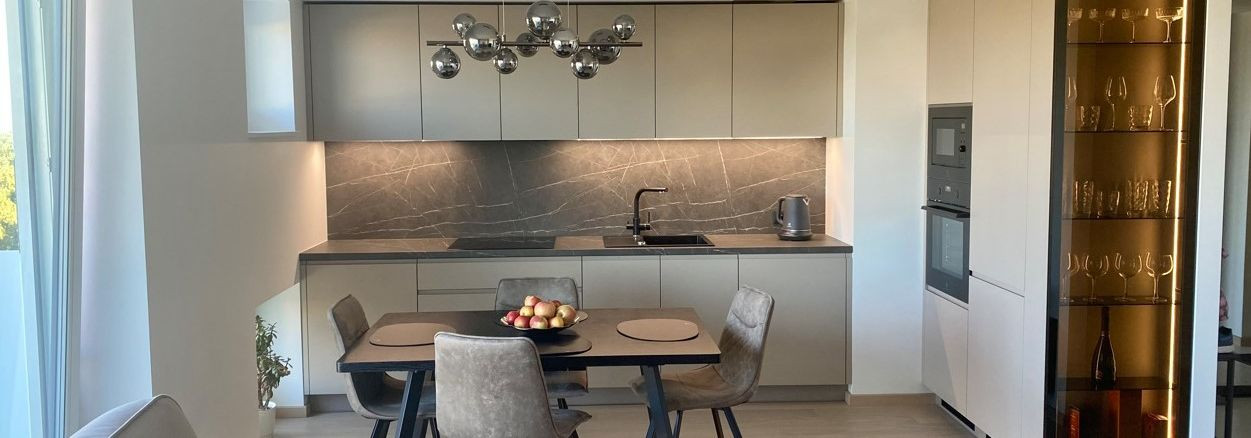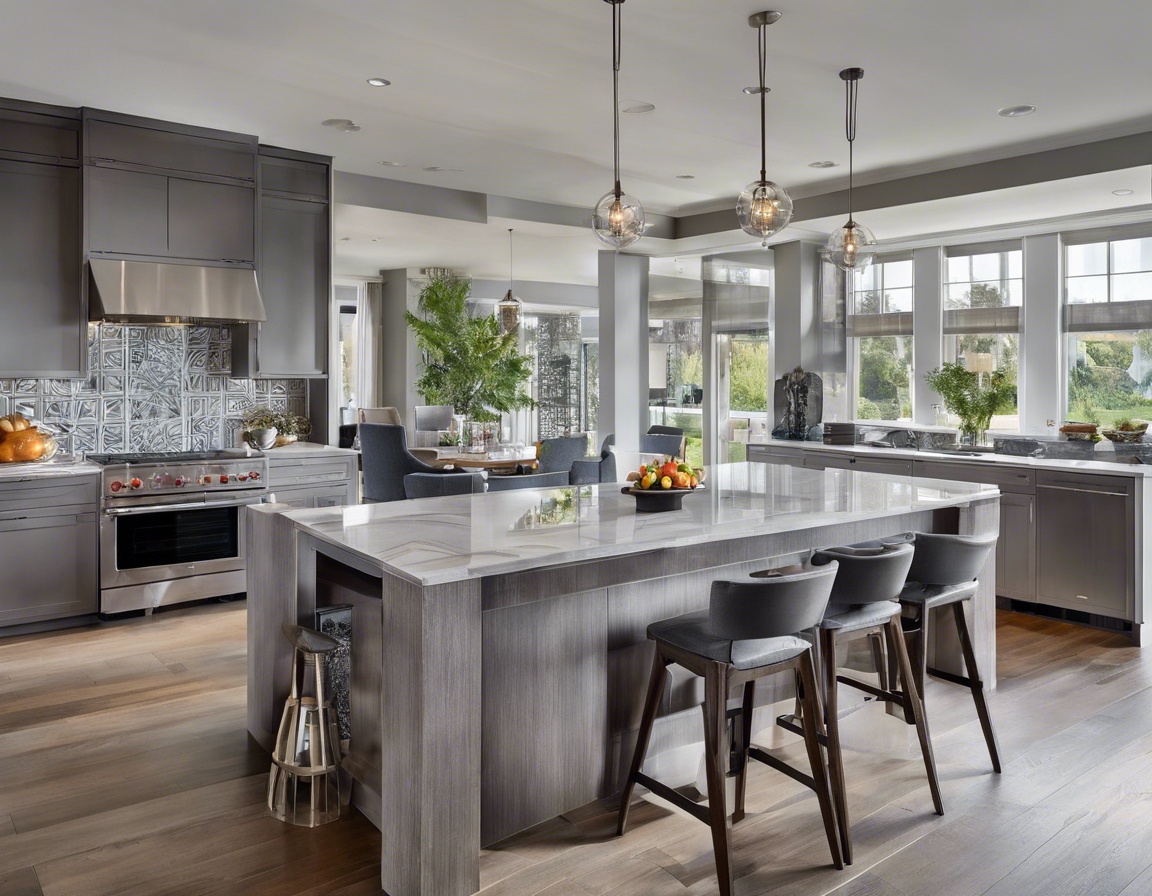5 timeless trends in classical kitchen design
Classical kitchen design is a testament to the adage 'form follows function' with a twist of timeless elegance. It's a style that honors the beauty of the past while accommodating the needs of the present. In this exploration of classical kitchen design, we will delve into five trends that have stood the test of time, proving that some aspects of design are truly perennial.
Natural Materials: The Foundation of Timelessness
Wood, with its inherent warmth and versatility, has been a cornerstone in kitchen design for centuries. From rich mahogany to light oak, the variety of wood types allows for a range of expressions within the classical motif. It's not just the material itself but the craftsmanship that it invites, from carved corbels to paneled doors, that embeds a sense of history and quality in the kitchen.
Stone countertops and backsplashes, such as granite, marble, and quartz, offer a blend of durability and classic beauty. Their natural patterns create a unique, luxurious feel that synthetic materials cannot replicate, making them a favorite in classical kitchen design.
Elegant Cabinetry: A Nod to Craftsmanship
Cabinetry in a classical kitchen is more than just storage; it's a statement of elegance and a tribute to skilled craftsmanship. With intricate moldings and a furniture-like appearance, these cabinets are often the focal point of the kitchen, showcasing timeless designs that are as functional as they are beautiful.
The quality of materials and attention to detail in the construction of cabinetry ensures longevity and a continued sense of luxury. Soft-close hinges, dovetail joints, and custom finishes are just a few examples of the features that can be found in classical kitchen cabinetry.
Ornate Details and Decorative Accents
Classical kitchens often feature architectural elements such as columns, pediments, and crown molding. These details add depth and character, creating a rich visual narrative that speaks to the grandeur of bygone eras.
Hardware is an essential aspect of classical kitchens, often referred to as the finishing touch or the 'jewelry' of the space. From ornate knobs and pulls to hinges and latches, the right hardware can enhance the overall aesthetic and add a touch of sophistication.
Neutral Color Palettes: A Canvas for Time
Neutral color palettes serve as a timeless backdrop for classical kitchens, offering a sense of calm and elegance. These colors, ranging from whites and creams to soft grays and blues, create a cohesive look that allows the finer details of the kitchen to stand out.
By using a neutral palette, designers can craft a harmonious space that feels both inviting and expansive. These colors also offer flexibility, allowing homeowners to add personal touches through accessories and decor without overwhelming the classical design.
Integrated Modern Functionality
While classical kitchens pay homage to the past, they also embrace modern functionality. This trend involves integrating cutting-edge appliances and innovative storage solutions without disrupting the kitchen's traditional aesthetic.
Today's classical kitchens can feature smart home technology, energy-efficient appliances, and ergonomic design elements that enhance the user experience while maintaining the kitchen's classical charm.






Comments (0)